Careers and Employment Outlook
Careers and Employment Outlook
Possible programs students could transfer into at a four-year institution include the following: Studio Art (e.g., painting, sculpture, photography, and ceramics); Art Education; Art Therapy; Studio Assistant; Art History; Graphic Design; Industrial Design.
Artists held about 221,900 jobs in 2008. About 60 percent were self-employed. Of the artists who were not self-employed, many worked for advertising and related services; newspaper, periodical, book, and software publishers; motion picture and video industries; specialized design services; and computer systems design and related services. Some self-employed artists offered their services to advertising agencies, design firms, publishing houses, and other businesses.
Employment of artists and related workers is expected to grow 12 percent through 2018, about as fast as the average for all occupations. An increasing reliance on artists to create digital or multimedia artwork will drive growth.
Median annual wages of salaried craft artists were $29,080. The middle 50 percent earned between $20,730 and $39,120. The lowest 10 percent earned less than $16,290, and the highest 10 percent earned more than $54,550.
Median annual wages of salaried fine artists, including painters, sculptors, and illustrators, were $42,650. The middle 50 percent earned between $29,230 and $60,650. The lowest 10 percent earned less than $20,780, and the highest 10 percent earned more than $83,410.
Earnings for self-employed artists vary widely. Some charge only a nominal fee while they gain experience and build a reputation for their work. Others, such as well-established freelance fine artists and illustrators, can earn more than salaried artists.
For more information you can visit the U.S Department of Labor, Occupational Outlook Handbook.
Page last updated April 3, 2018.


